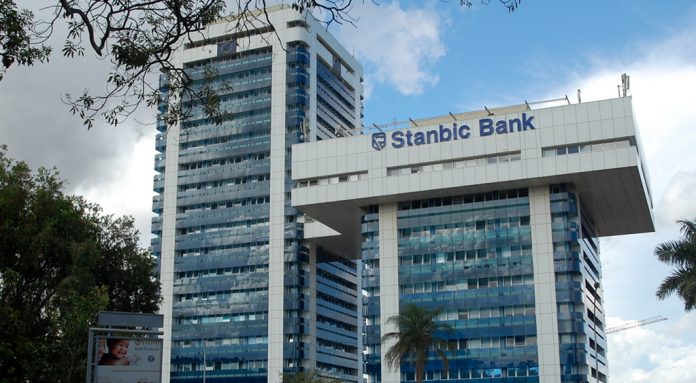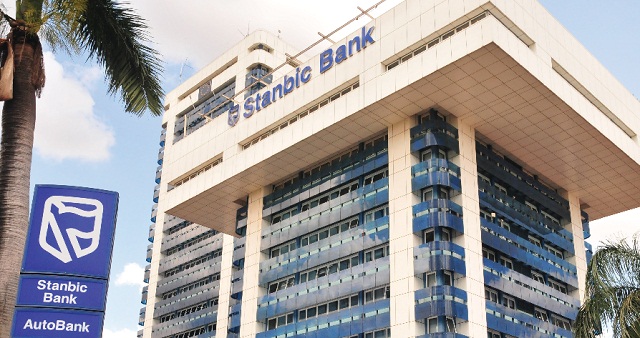The headline Stanbic Purchasing Managers Index (PMI) reached its highest point this year, posting 57.4 during May, up from 55.4 in April as success in securing new customers had a positive impact on the Ugandan private sector.
Meanwhile, this further expansion in new orders and business activity has resulted in companies increasing their own input buying and raising staffing levels. The latest reading is above the 50.0 no-change mark for the seventh time in as many
months and also higher than the series average of 52.5, reflecting widespread optimism that business activity will continue to expand over the coming 12 months.
The Stanbic PMI is compiled by S&P Global from responses to questionnaires sent to purchasing managers in a panel of around 400 private sector companies. The sectors covered by the survey include agriculture, mining, manufacturing, construction,
wholesale, retail and services.
The PMI is a weighted average of the following five indices: New Orders (30%), Output (25%), Employment (20%), Suppliers’ Delivery Times (15%) and Stocks of Purchases (10%). Mulalo Madula, Economist at Standard Bank said, “The Ugandan economy expanded further in May, per the Stanbic Bank Uganda PMI, with a significant uptick in business activity.
Indeed, overall output growth extended its upward trend to 10 months due to economic stability as well as rising new orders being broad-based across the monitored sectors. All other components of the PMI were positive — yet the external demand
picture remains dismal. Naturally, this economic spike may contribute to increased inflationary pressures alongside reported increases in staff, electricity, fuel, and construction material costs.”
He said, “Agriculture, industry, and services saw increased selling prices; however, wholesale and retail saw a decline and construction no change. The PMI reading was above 50 for current as well as the next 12 months’ anticipated business conditions, indicating guarded optimism about the Ugandan economy.”
Anecdotal evidence from the latest survey often points to higher customer numbers. Firms were able to secure greater volumes of new orders for the tenth consecutive month, with each of the five broad sectors covered by the survey signaling growth.
Alongside the increase in new orders, economic stability reportedly helped firms to expand their business activity midway through the second quarter of the year. As was the case with new business, output was up for the tenth month running, with the overall increase broad-based across the five monitored sectors.
The prospect of further improvements in customer numbers in the months ahead supported confidence among firms regarding the 12-month outlook for business activity. In fact, some 92% of respondents predicted an expansion in output, with just 1% of firms pessimistic in May.
Companies responded to higher new orders by increasing both their purchasing activity and staffing levels. Input buying was up for the seventh month running, feeding through to greater inventory holdings as some firms opted to build safety stocks in case of any future supply problems. During May, there was another improvement in delivery times, the second in as many months.
However, while total new business continued to rise, new export orders were harder to come by in May as international demand remained subdued. New business from abroad decreased for the fifth time in as many months. Meanwhile, employment rose for the second consecutive month, helping companies to keep on top of workloads despite the sustained growth of new business. Job creation was signaled in each of the agriculture, construction, industry, services and wholesale &
retail categories.
Overall input costs were up again midway through the second quarter, reflecting increases in both purchase prices and staff costs. In particular, firms noted higher prices for construction materials such as cement, as well as for electricity, fuel and stationery.
Ugandan firms continued to see their input prices increase in May, extending the current sequence of inflation to 22 months. Panelists reported higher electricity, fuel and construction material costs in particular. Industry was the only monitored sector to buck the wider trend and post a reduction in overall input costs.
Wages were reportedly increased to help staff members deal with higher living costs. The passing on of increased input costs to customers resulted in a second consecutive monthly rise in selling prices. Data showed that inflation was centred on the agriculture, industry and services sectors.












